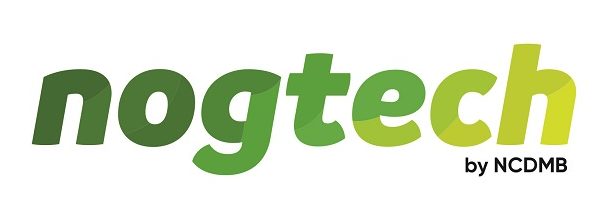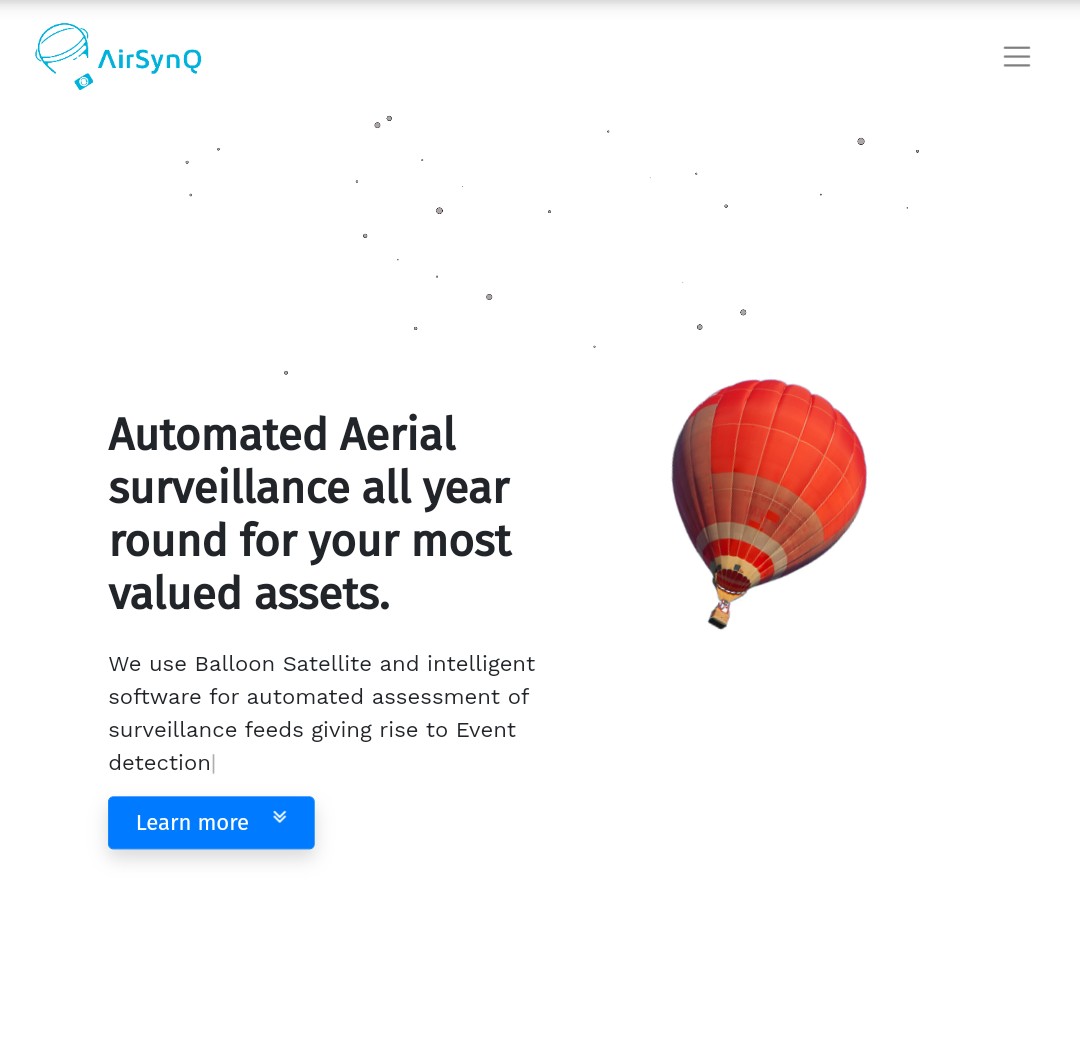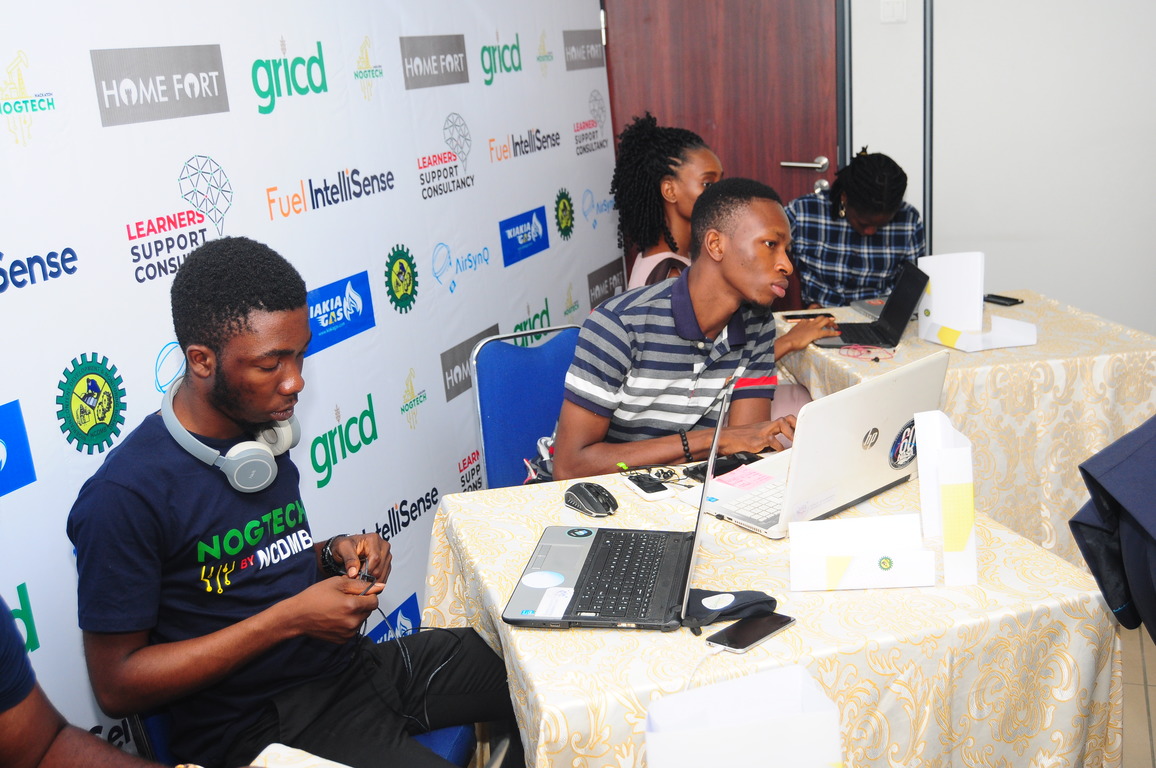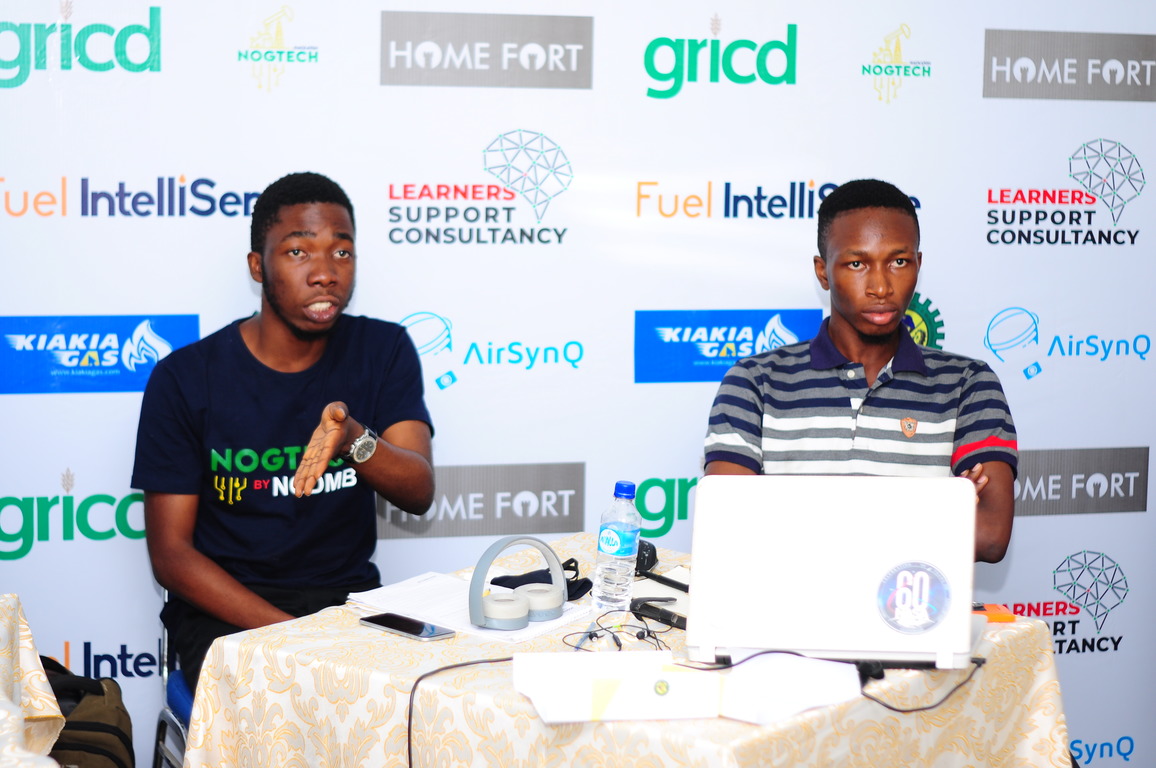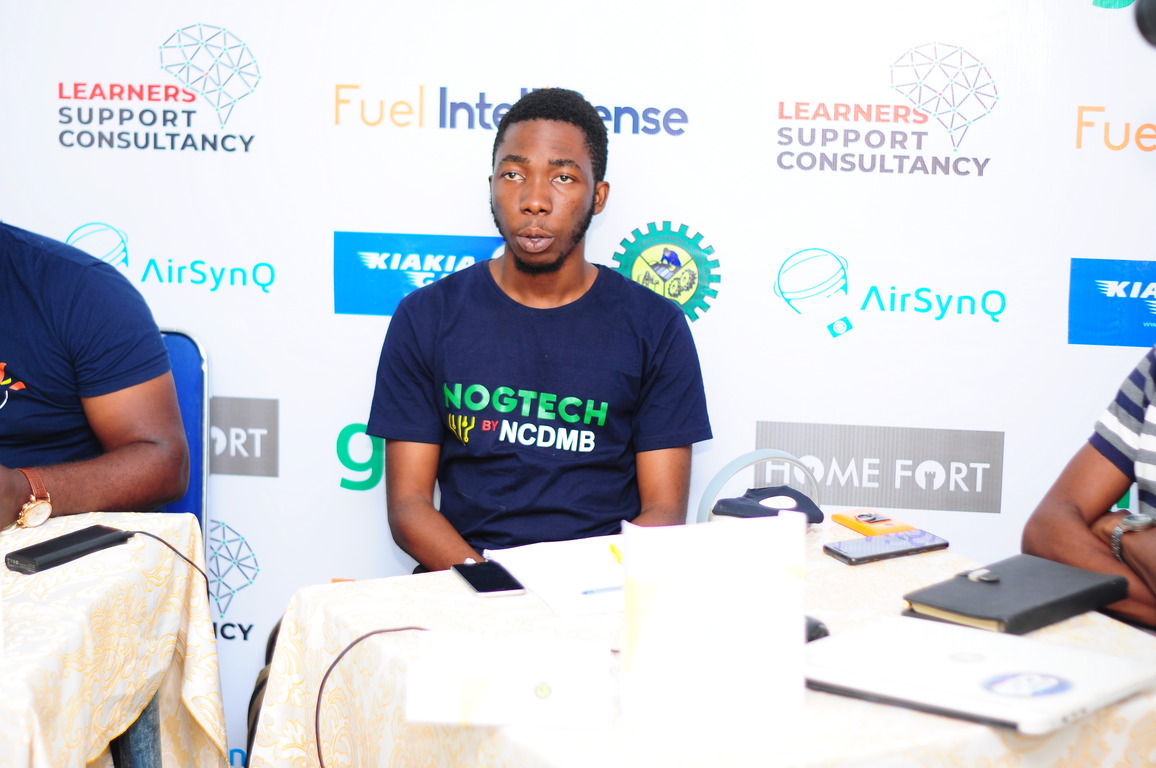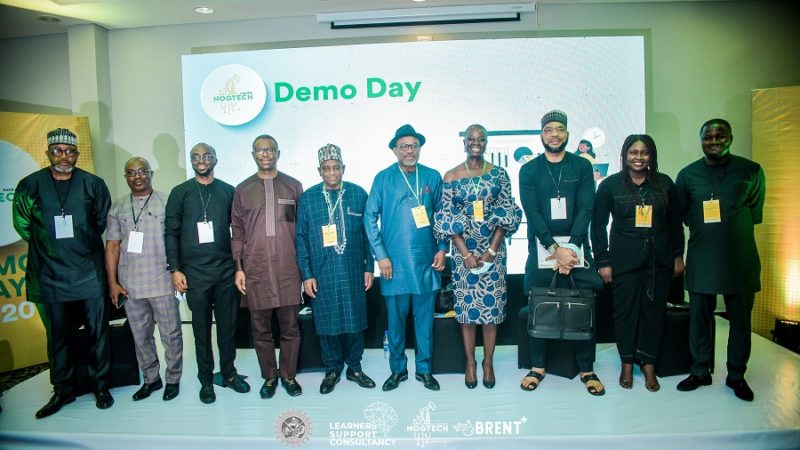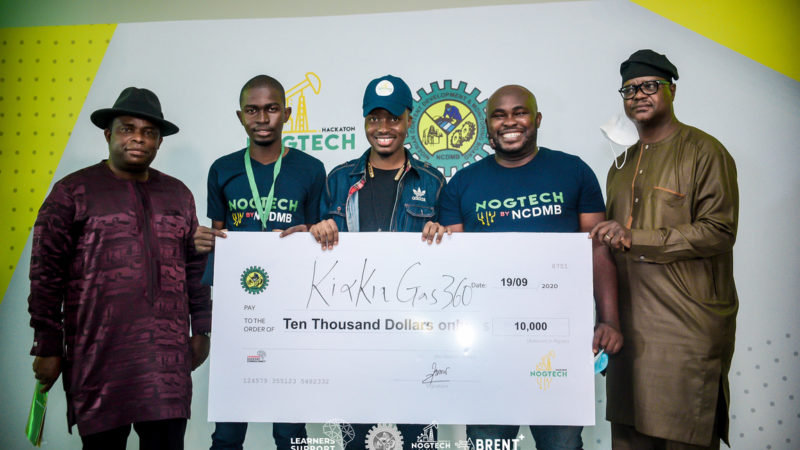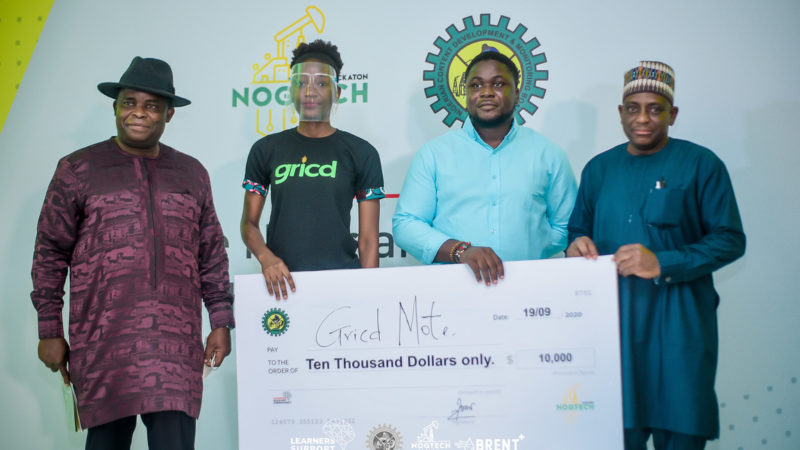Built by undergraduates, AirSynQ wants to solve the problem of pipeline vandalism with surveillance balloons
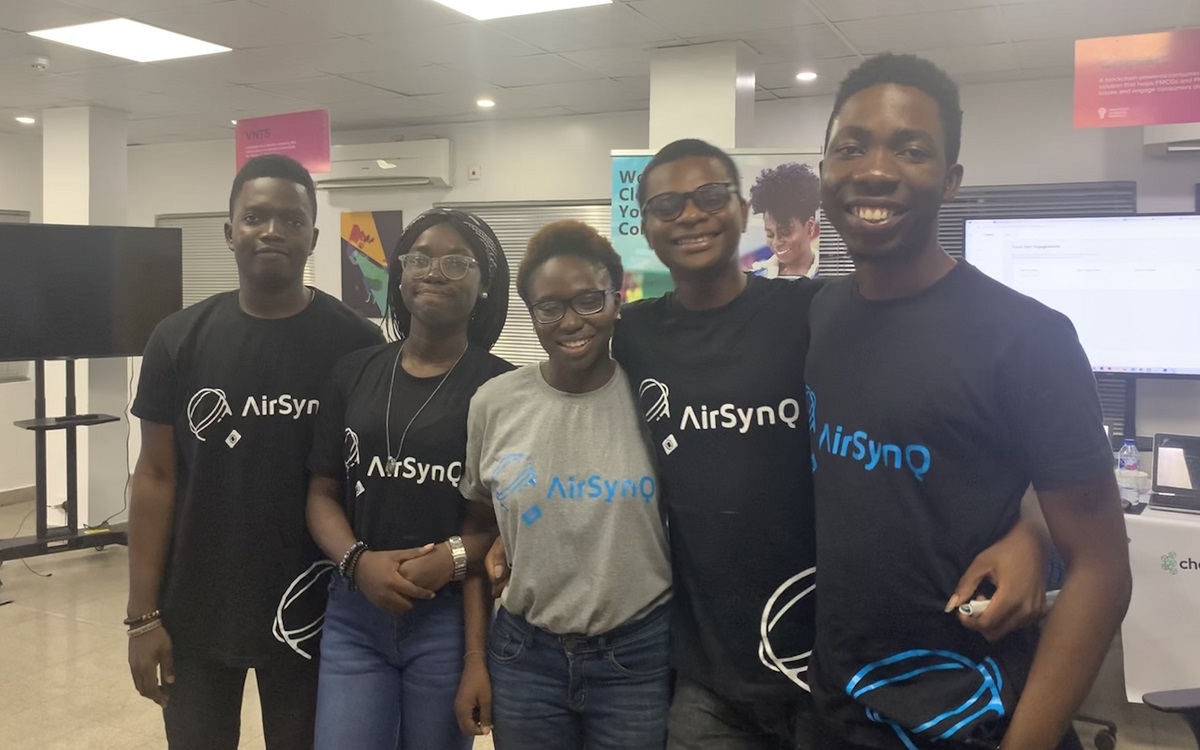
Social clubs and extracurricular activities in tertiary institutions often provide the much-needed environment that spurs bright minds to creativity.
This is the case for Temitayo Sadique and his team, who met in Obafemi Awolowo University’s Space Club and went on to establish AirSynQ, an aerial surveillance technology, preventing vandalism of petroleum pipelines and oil theft.
According to statistics, Nigeria records a shortage of over 300,000 barrels per day (BPD) from crude oil pipeline vandalism, running into billions of dollars in losses when accounted for. This is beside the surge in oil prices that flood local and international markets, thanks to the shortage of petroleum products.
Saddest of all is, despite the dangers surrounding tapped pipeline systems, many continue their voyage into the risky venture and end up losing their lives. Accumulated losses and thefts from vandals present a recurring scenario of petroleum products shortage, increased oil prices, destruction of properties and deaths. Yet, there seems to be no end in sight.
In 2018, four students decided to combat this challenge and established AirSynQ — Temitayo Sadique; CEO, Falola James; COO, Sogo Ogundowole; CTO, and Favour Okedele. The idea is pretty straightforward — use balloon satellites and intelligent software to automatically assess surveillance feeds and enable real-time monitoring of laid pipelines.
Simply put, AirSynQ monitors pipelines from the sky and quickly alerts authorities to catch vandals.
We caught up with Temitayo Sadique, the CEO and co-founder of AirsynQ and Peter Emeka, VP Hardware Engineering as they shared their journey.
What inspired you to start this, was it just an idea you stumbled on at the hackathon?
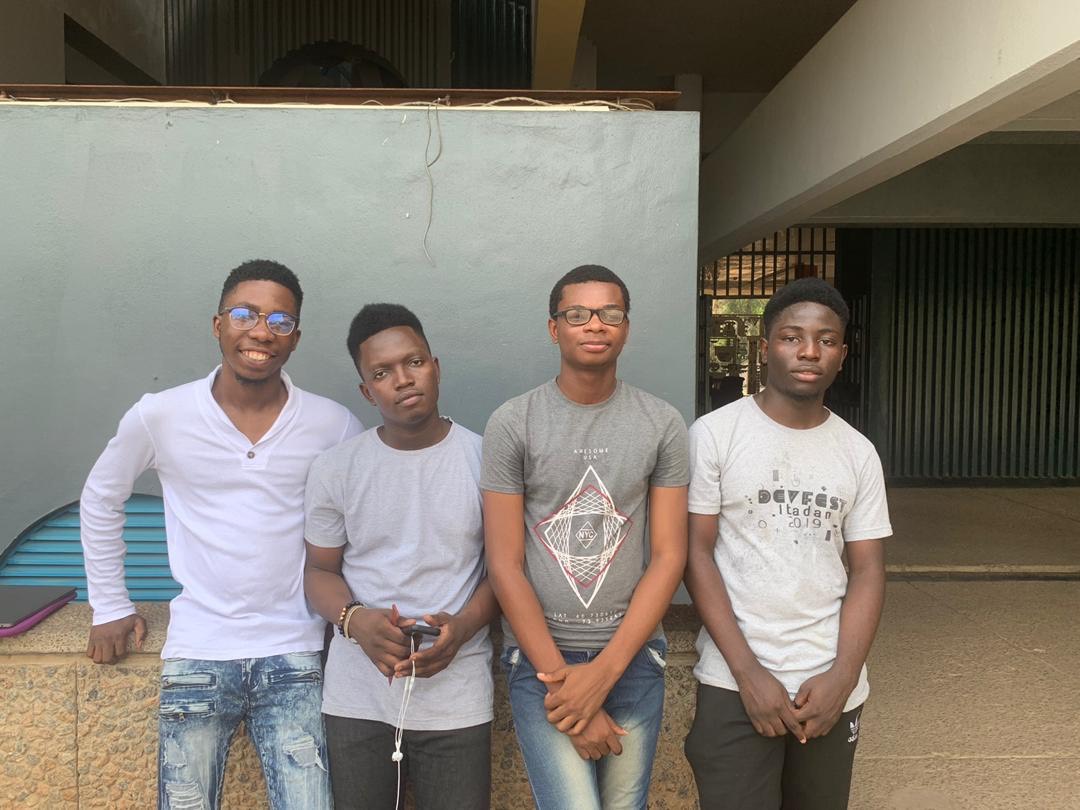
(Temitayo Sadique): It was an idea that actually came up in November 2018 during the NASA Space Apps Hackathon. They were looking for solutions that can apply space exploration to solve earthly problems. We needed to be practical when it comes to building some things that need to go in line with space exploration.
We built a balloon satellite in Lagos Nigeria that can map where mosquitoes breed and where they are more likely to infect because we were able to study the pattern. We noticed that mosquitoes don’t necessarily breed where they wreak havoc, they breed in places where there are still waters but then tend to cause destruction in urban areas where they can find humans to suck on.
We decided to take advantage of the opportunity created by using balloon satellites to lift satellites and make them function as drones would. The solution was rather difficult and complex but we chose to boil the problem down to its first-principle and built it from the ground-up. As a result, we succeeded in creating a solution that performs long-duration flights powered by solar panels by using helium gas to generate lift. That’s how we started AirSynQ. It’s really about space exploration at the end of the day.
Have you been involved in space exploration before?
(Temitayo Sadique): Yes, actually I’ve been really active in the Nigerian-African and even the global stage when it comes to space exploration and educating people. However, I didn’t just want to stop at educating and creating awareness in Africa. The long term goal is to make Africans a space-fairing generation.
We tried to learn and build something that can push us in the way of space exploration — applying technology to solve real problems in the world. But the issue we encountered was that our balloon could not fly high. The balloon will fly to a certain altitude and burst. When it does, we remove the memory card on it and that’s how we were able to access data.
For us, 2019 was more about thinking about how we can control the balloon, making it like an aircraft that can move around. But because it’s not using energy to generate heat to fly, it can actually last longer than current airborne devices or systems such as drones, helicopters, aircraft. The longer drone surveillance systems can last in flight, the more robust their operational capabilities become.
The best aircraft last like 12 or 18 hours in flight, ours can last up to a week, a month and 90 days depending on how we configure it. And that majorly is due to the fact that we don’t use energy to generate lift.
Over the years we have seen a slow improvement in the flight duration capabilities of drones. While conventional satellites seem to present a solution, the cost of development and launching of the satellite would be too high, adding to restrictions that would have to be imposed due to the military nature of such satellites in space. So we thought, what could we do to make aerial surveillance more robust and useful for all of us?
How do you generate the lift?
(Temitayo Sadique): Helium naturally floats. It’s more like putting styrofoam inside water, no matter how deep you take the foam it tends to come back to the surface. It’s not economical for aircraft to use helium because when you have a helium balloon, it has to be very big to carry the load.
In the 19th century, there was a case whereby people wanted to go to space. Balloons were instrumental to that and it was a really big thing in the 1840s and 1850s. They used hydrogen and it’s highly flammable. If the sun hits the balloon skin too much, it ignites then kills the people on board. But now there are safer gasses to use helium balloons for flight. And then we see companies like Google Loon trying to revive the balloon culture.
Air hot balloons are still used today but for a lot of recreational purposes, people have really mastered navigating these things. That’s some of the things we were able to figure out, understanding how we can maintain a particular altitude.
We also discovered how to navigate and created a lot of value around navigation systems. Right now, we’re experienced with being able to move around a particular area, reach high speed and quickly adapt to changing environment.
And then we’re also keen on improving how safe it is to operate these systems including a lot of backup systems and security layers. All these things help to ensure that our clients can trust the efficiency of our balloons.
There was this case of Google Loon descending and it landed in an unprecedented area. We’ve also been able to study all these issues they faced. Although Google Loon is still working, having a lot of their balloons online but these are the things we keyed into to see how we can make sure it works.
Why do you think that Google will not crush your idea if they see you making strides and possibly taking over the industry?
(Temitayo Sadique): For me, I’m not really particular about someone trying to crush me, I just create and feel that’s the better spirit when you’re trying to build something.
You’re definitely going to have competitors and anyone smart enough to build what you’re doing will not copy you. They’ll either build something better or worse, they can not necessarily copy. If they try to copy you, definitely your alignment will be different.
For AirSynQ, we’re aligned towards solving space-faring in the long run. We are doing all this hard work with an ambitious goal in mind — to make aerial surveillance easy, robust and create limitless possibilities for its use.
Our goal motivates us to get better every day and optimise our operations to meet your particular needs. If Google decides to come after us, they can because nobody has a monopoly over ideas. But I’m sure that they can’t execute it the way we would and we’re not building it the way they built Google Loon.
AirSynQ is more like an easy way to enter the aerospace industry in Nigeria. However, we are not open to a lot of the opportunities compared to other companies abroad that get funded for really wild ideas.
Can you work us through your engineering process? Were you just reading textbooks like“The Boy who harnessed the wind”?
(Temitayo Sadique): I think I’m more of a hardware generalist. I do a lot of hardware and tend to research new things. This started from childhood at the age of 11 when I started watching Iron Man. Iron Man was more like my idol then, I still revere him and watch it when I feel like I’m out of ideas or when I’m having a tech block. I also read anything Elon Musk says, I have his tweets notification turned on in my Twitter. I read all of his previous tweets, the goofy and techy ones and then something comes up.
When we started, I actually just had that wild idea and moved on to make sure we can stabilise it. But then I knew that I can’t build it alone.
(Peter Emeka): As far back as I can remember, I’ve always been in love with anything tech. I was always good at making electrical stuff when I was younger. An alumnus at a university told my mom that I should go to Obafemi Awolowo University (OAU).
In my first year, I came across a video on YouTube on model aircraft. That sparked my interest that I can actually make aircraft myself. I dug deeper, read articles, did online courses, watched a lot of videos and documentaries. I built up a habit of always filling myself with information regarding the aerospace sector.
Due to that, I began to build model aircraft, drones, UAVs (Unmanned Aerial Vehicles) from scratch. When I was 21, the first drone I built didn’t fly because I was trying to use the same method people outside Nigeria were using and I didn’t have the type of equipment. Obviously, that wasn’t going to work but I learnt a lot of lessons.
The last six years have been very intense because I hardly rest. I’m always learning, watching a video or taking an online course. Over these years, I’ve done a lot of things and had a lot of experience that has really expanded my knowledge.
I can develop drones from scratch and I also apply a bit of engineering in tackling the challenges. The approach I take generally is to use formulas and really apply the engineering index. If I follow this approach, I can get the specific requirements fulfilled by whatever I design.
By using the engineering approach I’m able to minimise on cost and one thing we try to achieve is that whatever we’re building, we limit our dependency on importation. The airframe and some other things we built, we used styrofoam because it can be easily found in Nigeria.
It makes a good structural component, it’s light and the bulk density is good enough for us to use. We also use it in earlier versions of our products. It’s very easy to work with.
Let’s talk about how the company is funded
(Temitayo Sadique): When it comes to funding, initially it was bootstrapped by myself, James and Shogo. I remember that I contributed close to around 400k to get started. AirSynQ hasn’t really gotten investment
Facebook gave us a grant of $10k but we ran out of runway in February 2020. Now, Nigerian Oil and Gas Technology (NOGTECH) is funding us with a $10K grant. This means a lot to us and it validates the fact that what we’re doing is really important and the problem we’re solving is critical to the industry. We’d use the grant to push our next frontier, it’s a balloon lifted satellite and we are launching with the software package.
Speaking with investors was quite difficult because nobody believed we could build what we’re actually building in Nigeria. We’re also trying to change the narrative by being a Nigerian company that builds with international standards that applies to our product.
Since you’re not generating revenue, how do you pay salaries?
(Temitayo Sadique): We’ve been selling and we have customers on the waiting list and that’s also fronting our launch in December. However, our team — consisting of 7 people expanding to 10 — is not motivated by salaries, they are solely working out of passion. But for the most part, we’ve been paying salaries off of our pockets and it could be as basic as paying for data subscription and other things.
It’s amazing how far you’ve come in such a short time. Where do you see yourself in say 5 years?
(Temitayo Sadique): In five years, we’ll be well established in Nigeria and Africa providing our Aerial Surveillance service. We’ll share a vision of what we’re trying to create across the board because the product is what matters most.
Our longer-term goal is to IPO but if an acquisition comes along it has to have an impact on the product. For us, it’s beyond the cash, we’re not going to IPO for the sake of it, the acquiring company must be able to carry on the vision of the company. We’re also going to be a great company — one that will inspire others to build companies that’s worth it.
So far in your entrepreneurial escapade, what are the cogent lessons you’ve learnt and what will you advise other young fellows trying to start something as amazing as yours?
(Temitayo Sadique): Try as much as possible to be better every day. Don’t let anyone tell you you can’t do it. If it’s impossible, don’t let anyone decide that for you, be the one to make that decision.
If you’re a student, learn how to manage your time and don’t pile up school work. It’s the single most important thing you can do if you want to succeed as a student. Personally, I read for 45 minutes immediately after class and then two hours on weekends.
Additionally, know how well you can apply what you’ve learnt in school in the real world. Have a team of friends that align with your vision such that you pull your weights together.
What will you say about NOGTECH and has it helped you position yourself thus far?
(Temitayo Sadique): The most important thing for us with NOGTECH is the connection and leverage it offers us. The Nigerian Content Development and Monitoring Board (NCDMB) is a massive platform that can really accelerate the adoption of our product which is why we placed our product launch next month. This is because the programme ends in December so we can leverage the platform to push our product.
